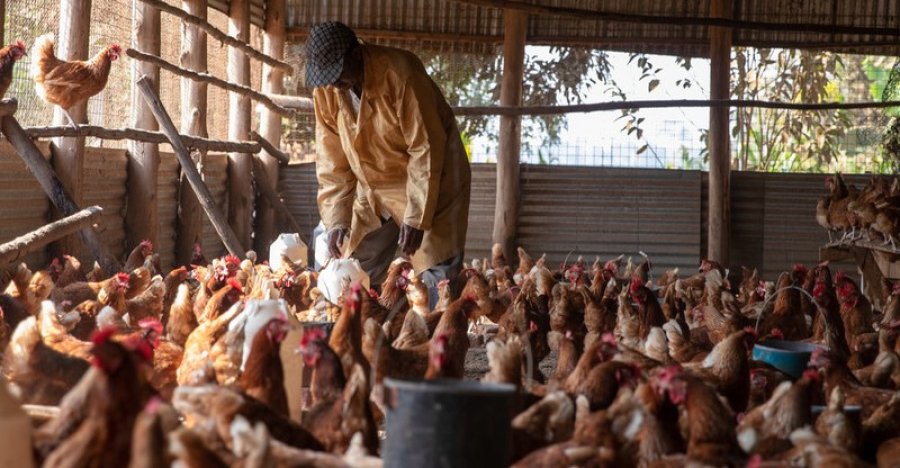
Antibiotic consumption in both humans and food producing animals is known to be a significant driver of human AMR, but what about the relationship between human antibiotic consumption and prevalence of AMR in animals?
Earlier this month, we reported a new study which revealed fresh evidence of a bi-directional association between human-animal antibiotic consumption and AMR. Using multivariable ß regression analysis, Kasim Allel and colleagues found that while antibiotic consumption in food producing animals was associated with resistance in both critical and high priority human pathogens (1·07 [1·01–1·13]; p=0·020), human antibiotic consumption, particularly of carbapenems and cephalosporins, was positively linked with the average resistance observed in food producing animal isolates (1·05 [1·01–1·09]; p=0·010).
The study used country-level data on AMR rates in selected critical, high and medium priority human pathogens and several independent variables, from every WHO region and World Bank income groupings. Besides antibiotic consumption, other independent variables included socio-demographic, health related and environmental risk factors. In the final regression models, AMR in priority human pathogens was associated with diverse socio-economic, environmental and governance variables such as the GINI index and GDP, air quality and population density, cardiovascular death rate and mortality attributable to unsafe WASH, regulatory quality and control of corruption, and national monitoring systems for sales, prescription, and consumption of antibiotics in humans (see Table 3 in the paper). AMR in food producing animals was associated with current health expenditure as a percentage of the GDP and rule of law.
Despite limitations arising from data variability and the complexity of comparing AMR in humans and animals, this evidence upholds the One Health paradigm, and also renews attention to the under-appreciated roles of socio-economic, health and hygiene, and governance indicators. These predictors are all too well known and described through social science research in the field of AMR. What is less well-known today is the design of effective interventions to address these factors holistically and cross-sectorally, so they can be translated into policy and practice. Should interventions be broad and system-wide, or can targeting single components have system-wide ripple effects, given their interconnectedness? What would be the best evaluation designs and outcome indicators for multi-level and multi-component One Health interventions? How can interventions be prioritised and National Action Plans be supported to become more actionable?
We began exploring these questions through a consultation co-convened last month by the AMR Centre, the Centre for Evaluation and a One Health research network at LSHTM. A report and a set of presentations will be available soon on the AMR Centre website, encompassing participatory, systems and modelling approaches to intervention design, as well as a range of evaluation techniques. These will help guide our future AMR intervention research agenda.
Our postgraduate taught courses provide health practitioners, clinicians, policy-makers, scientists and recent graduates with a world-class qualification in public and global health.
If you are coming to LSHTM to study a distance learning programme (PG Cert, PG Dip, MSc or individual modules) starting in 2024, you may be eligible for a 5% discount on your tuition fees.
These fee reduction schemes are available for a limited time only.
